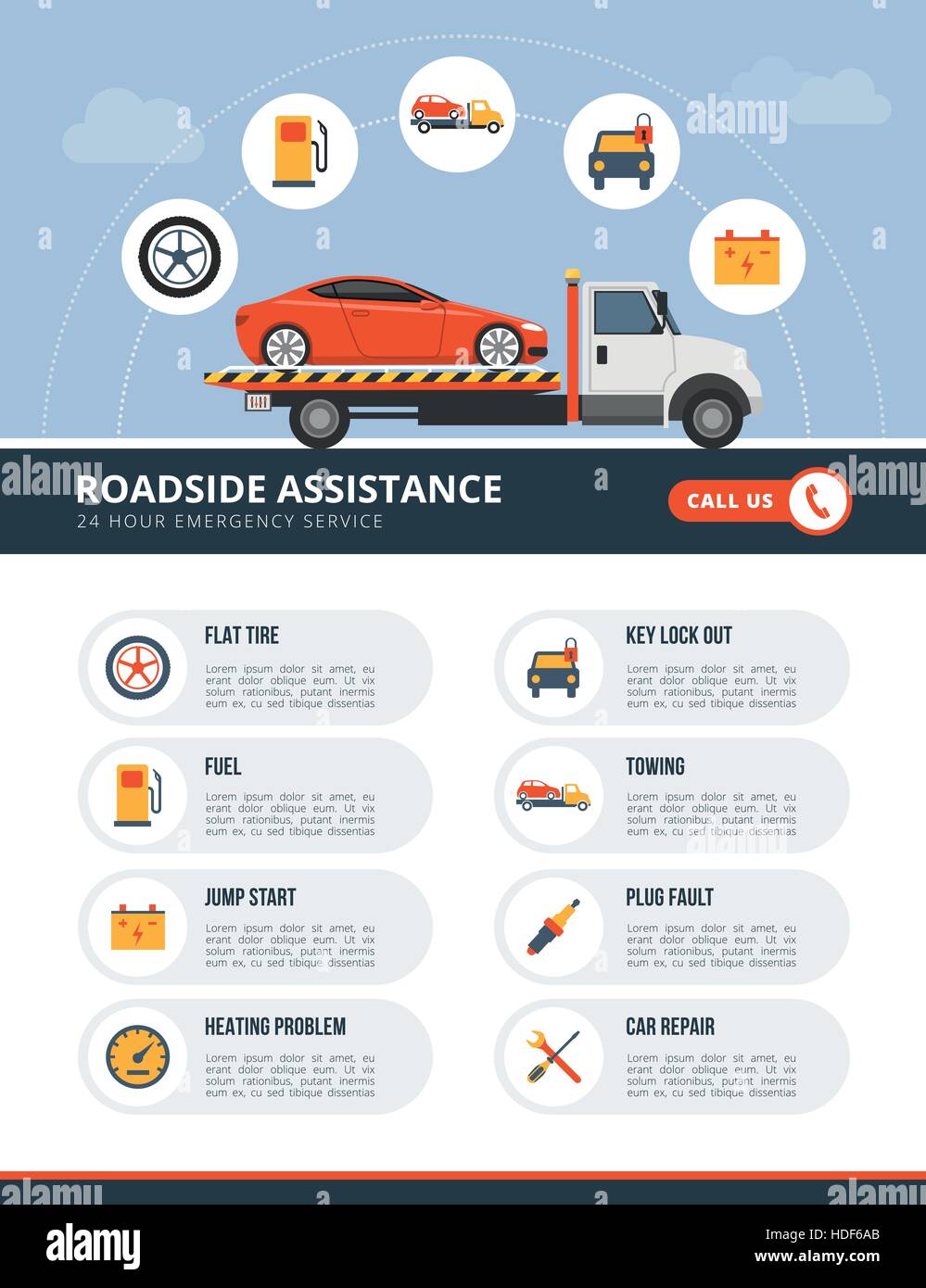Analyzing Your Automobile'S Warning Indicators: What They Really Convey
Analyzing Your Automobile'S Warning Indicators: What They Really Convey
Blog Article
Short Article By-Sykes Corbett
When you lag the wheel, those radiant caution lights on your dashboard can be a little bit difficult. Do you recognize what they're trying to tell you about your vehicle's health and wellness? Understanding the relevance of these lights is crucial for your security and the long life of your vehicle. So, the following time one of those lights appears, wouldn't you intend to decipher its message precisely and take the required steps to address it?
Common Caution Lights and Interpretations
Recognize usual caution lights in your car and comprehend their significances to ensure risk-free driving.
One of the most normal caution lights include the check engine light, which signifies problems with the engine or exhausts system. If this light begins, it's crucial to have your vehicle inspected immediately.
The oil stress warning light indicates low oil pressure, needing prompt interest to avoid engine damages.
A flashing battery light could suggest a damaged billing system, potentially leaving you stranded if not resolved.
The tire stress surveillance system (TPMS) light alerts you to low tire pressure, influencing vehicle stability and gas efficiency. Ignoring this might cause harmful driving problems.
The ABS light suggests an issue with the anti-lock stopping system, jeopardizing your capacity to quit rapidly in emergency situations.
Finally, the coolant temperature alerting light warns of engine getting too hot, which can lead to serious damage if not resolved quickly.
Comprehending these usual caution lights will certainly aid you deal with problems promptly and preserve risk-free driving conditions.
Relevance of Prompt Interest
Comprehending the common warning lights in your automobile is only the first step; the value of immediately dealing with these warnings can not be emphasized sufficient to guarantee your safety when driving.
When a caution light brightens on your control panel, it's your automobile's way of interacting a possible issue that needs interest. Neglecting these cautions can lead to more severe problems down the road, endangering your safety and security and potentially costing you more in repairs.
Trigger attention to warning lights can protect against malfunctions and crashes. For example, a blinking check engine light could indicate a misfire that, if left ignored, might cause damages to the catalytic converter. Resolving this without delay can conserve you from a pricey fixing.
In a similar way, a brake system alerting light may signal low brake fluid or worn brake pads, crucial components for your safety when driving.
Do It Yourself Troubleshooting Tips
If you see a caution light on your control panel, there are a few DIY troubleshooting suggestions you can attempt before seeking professional assistance.
The primary step is to consult your vehicle's handbook to comprehend what the particular warning light suggests. Sometimes the problem can be as simple as a loose gas cap causing the check engine light. Tightening up the gas cap might settle the trouble.
One more typical concern is a reduced battery, which can set off different cautioning lights. Checking the battery links for corrosion and ensuring they're protected might deal with the problem.
If a caution light lingers, you can try resetting it by separating the cars and truck's battery for a few minutes and after that reconnecting it. Additionally, examining your car's fluid levels, such as oil, coolant, and brake fluid, can assist fix advising lights connected to these systems.
Final thought
In conclusion, understanding your automobile's warning lights is vital for keeping your car running smoothly and safely. By quickly dealing with click the up coming web page and recognizing what they mean, you can avoid pricey repair services and potential breakdowns.
Keep in https://brakechange16160.dsiblogger.com/62793836/polish-your-vehicle-describing-skills-with-seasonal-understandings-to-maintain-your-lorry-looking-pristine-and-safe-check-out-how-to-handle-the-one-of-a-kind-barriers-that-come-with-each-period to consult your automobile's manual for specific information on each alerting light and do something about it accordingly to make sure a hassle-free driving experience.
Keep educated, stay secure when traveling!
